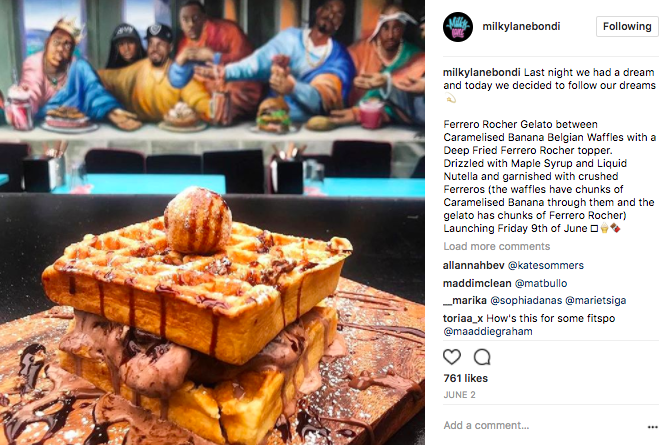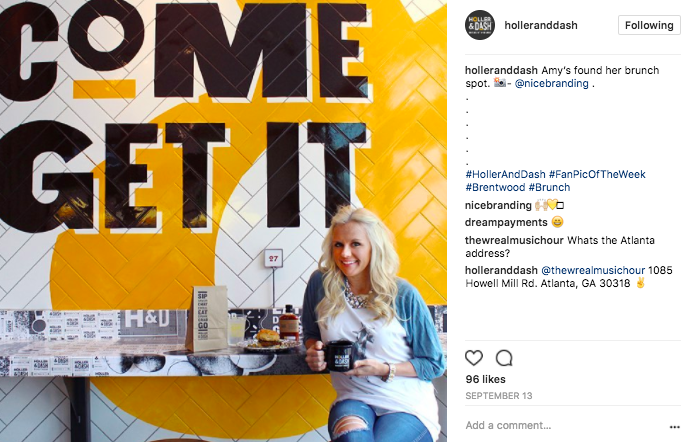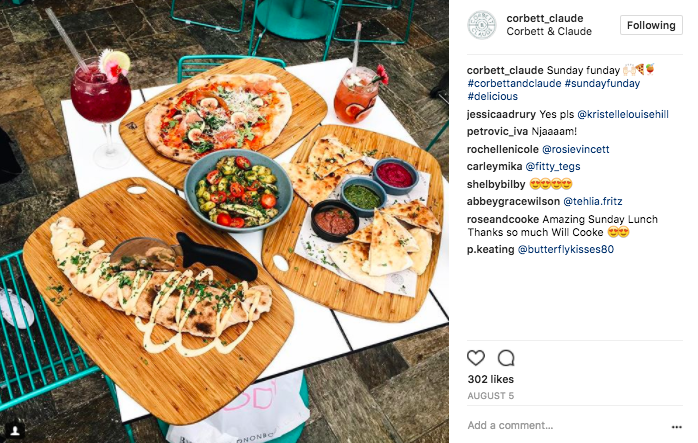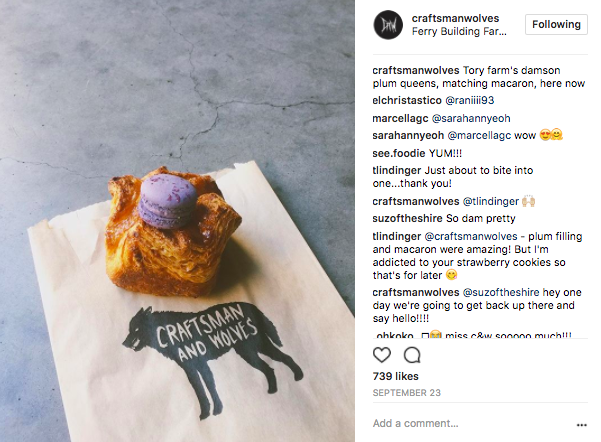Call Sales: +1 (833) 437-3835
Call Sales: +1 (833) 437-3835
Revel | November 2, 2017 |

Instagram, the mobile home of aspirational lifestyle content, is essentially free advertising for any business type. It’s a platform where aesthetic is king and where users hashtag away in the hopes of virality and fame. Instagram, a member of the Facebook family, has been a game changer in media, advertising and the way we consume culture. Though it’s a virtual platform, Instagram’s impact is beginning to carry over into reality.
How “instaworthy” a space is has become a factor that influences hospitality design. The implied objective of instagram-centered design is to convert online traffic or brand interactions to offline, real revenue generating business for brick-and-mortar locations. If you build it, the followers will come... right?
Instagram-centered design is curating a physical space so one’s 1080 x 1080 pixel image is as perfect as possible. It’s about creating an environment where your product - from a cheeseburger to a cocktail - looks most desirable and ultimately, “instaworthy”. Lighting is key in instagram-centered design - it’s what allows for photos shot on a smartphone to be properly and beautifully exposed.
Other factors driving instagram design include selection of flatware, surfaces, furniture, and fixtures. Recent kitschy, Instagrammable design trends include neon signs, colorfully printed wallpaper, and patterned floor tiles. Placement of your brand logo and any signature styles is also key to make your business more recognizable online. While one objective of designing for instagram is to bring more customers in the door, the other end of it relates to enhancing the guest experience. Sharing pictures of food to social media has become a cultural norm and a fun part of the dining experience for guests. Plus, if you nail your restaurant decor and lighting, Instagramers spend less time snapping the perfect shot and more time enjoying their meals before they get cold.
Creating a space designed for Instagram will bring in hordes of aspiring “influencers” as well as tourist mining the mobile platform for a trendy place to grab a bite or a drink. More diners equals more revenue, but is it possible to attribute the impact of Instagram on a restaurant’s bottom line? For the statistically savvy restaurant owner, an option for developing a metric of success would be to carefully leverage regression modeling - tracking day over day or week over week revenue and correlating those data points with your brand impressions and likes on Instagram.
It’s important to recognize that correlation does not prove causation, and there could be other confounding variables (did the shop across the street serve a new, more insta-worthy açaí bowl? Did bad weather stop guests from queuing up outside for a matcha latte?) in the equation. Also, when executing the initial build-out and interior design process, it is easier to incorporate instagram-worthy elements to your business (just be sure you’re not compromising functionality or operational efficiencies). Further down the line, renovating or redecorating to achieve the right aesthetic may not be nearly as cost-effective as developing a new menu offering or doing some light rebranding to drive in the influencers. Ultimately, while there are challenges in determining true ROI of implementing or retrofitting the design a restaurant, Instagram still has an irrefutable impact on building a brand and driving interactions with your customer base.
Check out design elements from a few of Revel’s most insta-worthy customers:



